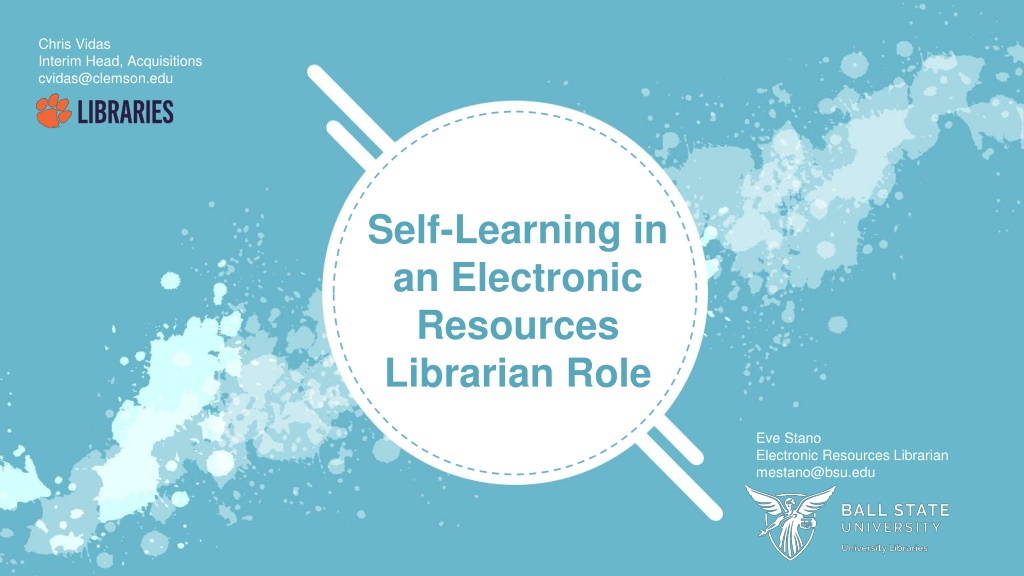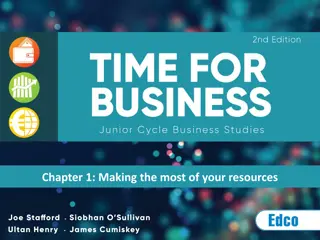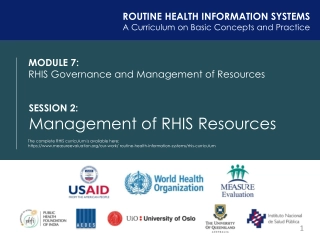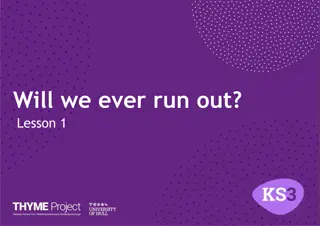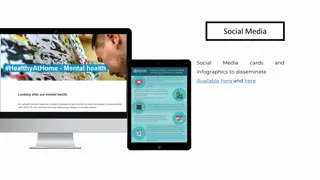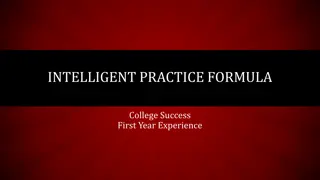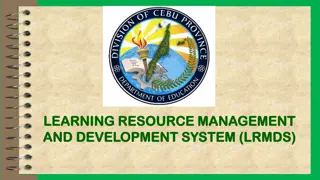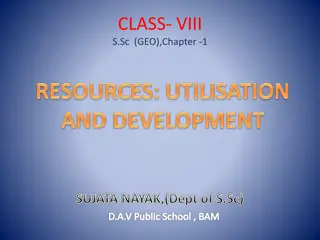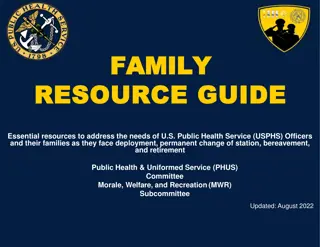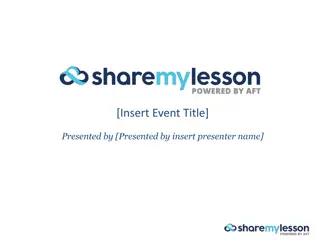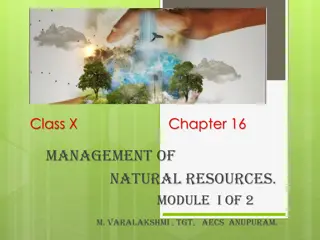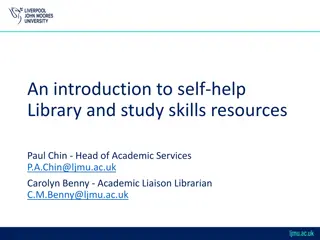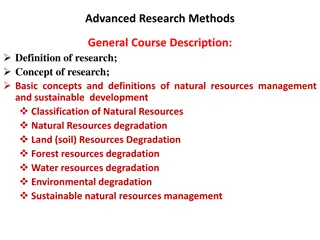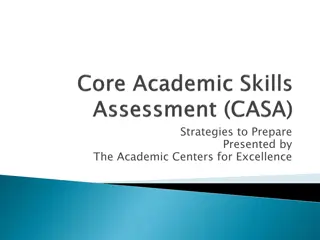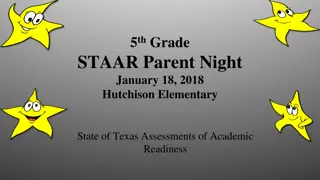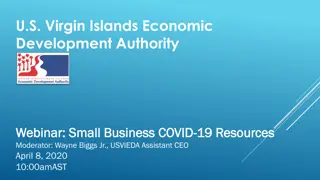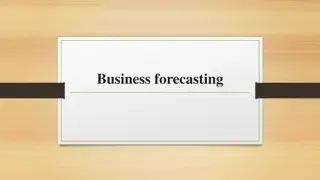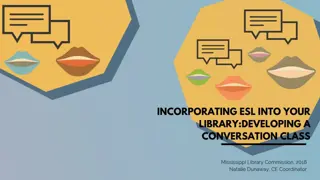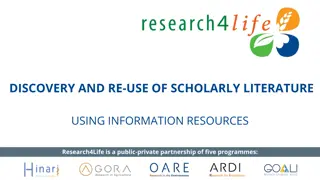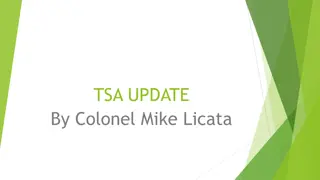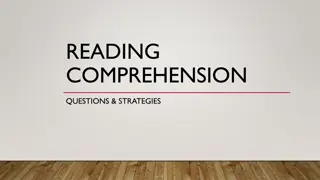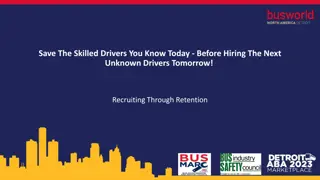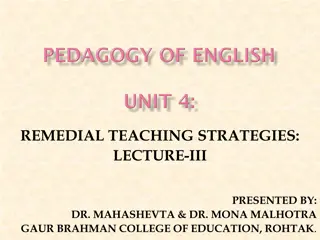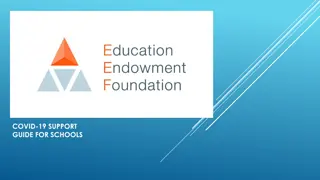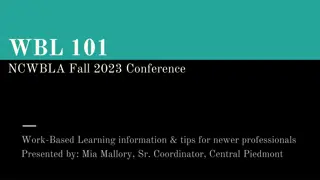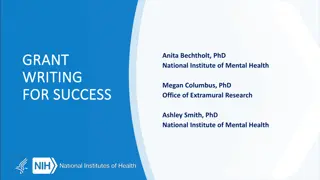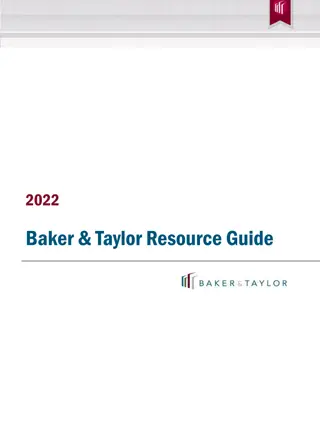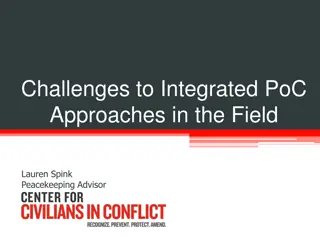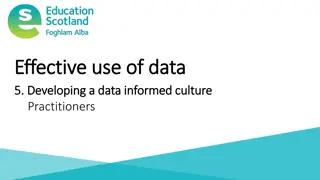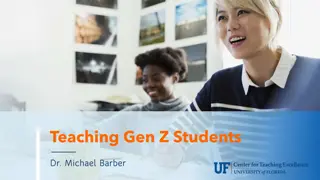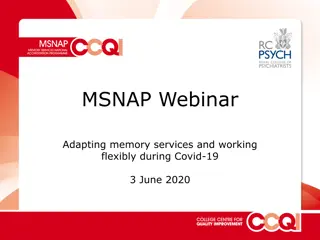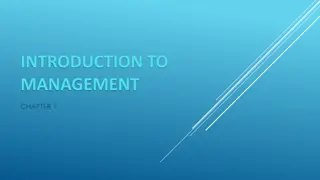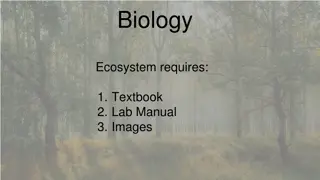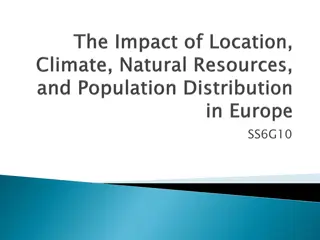E-Resources Librarianship Insights and Strategies
Explore the key aspects of E-Resources Librarianship, from self-learning challenges to implementation strategies, with valuable insights on roles, workflows, communication, and self-learning scenarios. Gain a comprehensive understanding of the evolving landscape of electronic resources management.
Download Presentation

Please find below an Image/Link to download the presentation.
The content on the website is provided AS IS for your information and personal use only. It may not be sold, licensed, or shared on other websites without obtaining consent from the author. Download presentation by click this link. If you encounter any issues during the download, it is possible that the publisher has removed the file from their server.
E N D
Presentation Transcript
Chris Vidas Interim Head, Acquisitions cvidas@clemson.edu Self-Learning in an Electronic Resources Librarian Role Eve Stano Electronic Resources Librarian mestano@bsu.edu
What Is E-Resources Librarianship? Why Is This Relevant? Systems Cataloging Asked to Do the Impossible? ERM, ILS, LSP Management Web page updates EZproxy maintenance API & widget development Vague understanding In-depth background Minor updates to records Original cataloging Few jobs explicitly ask us to do all these things, but job creep is real. Self-Learning everything is unrealistic Acquisitions Generalist Vendor engagement Negotiations Licensing Posting orders in LSP Budgeting & Decision-making Broad skillset Possible background in one or more areas No true area of expertise
What Is E-Resources Librarianship? Implementation Testing Access Authentication Methods Administration Training Marketing Troubleshooting Discovery/Metadata Issue Access Issue Entitlements Issue Assessment & Evaluation Trials Usage Statistics Feedback Cost Performance Accessibility
Vidas Self-Learning Scenarios Different Approaches for Different Roles Having engaged in self-learning for e-resources over many years in various positions, Chris has unique perspectives from each of these experiences. Salisbury University USC Upstate Ball State University Clemson University New to E-Resources New Hybrid Role New Dedicated Role New Team Environment Find existing workflows Learn from colleagues Absorb as you collaborate Blank canvases are opportunities Take advantage of hybrid relationships Document new workflows Use hybrid roles to enhance e-resources work Exchange knowledge with colleagues Don t horde expertise Find ways to draw lines Cross-train as appropriate Delegate when possible Consider library-wide training opportunities Short-staffing provides opportunities for growth
Who Does What? You can use the E-Resources Life Cycle to organize who are the main contacts for each area, their roles and workflows. Find out who does what in each department. Electronic Resource Life Cycle from "ERMs and the E-Resource Life-Cycle" (Pesch, 2009)
Communication Internal External Be Consistent Terminology Frequency Organizational norms Professional Response time Rapport Get Organized Contact Lists Department Function
Eliminating Silos Across Technical Services Cataloging Holdings Updates Public Services Relationships are critical Understand working with patrons Liaison activities Information Technology IT expertise will be necessary at times Campus IT may also play a role Administration Overall budget management Direction for E-Resources acquisitions & align with Strategic Plan Rapport with Legal Office
Library Systems & Migrations Self-Training Is Essential Share Your Knowledge! Do not restrict access Learn from colleagues Cross-train Documentation Varies Invest in Your People Training materials may not help Training opportunities may be lacking Creating workflows is essential Arrange for learning opportunities Offer access to training sessions Trial & Error Patience Practice new procedures and processes in a sandbox environment before implementing in production. There will be a steep learning curve, so be patient!
Tips for Self-Learning Continual Process Prioritize training needs Goals E-Resource Life Cycle Electronic Resource Life Cycle from "ERMs and the E-Resource Life-Cycle" (Pesch, 2009)
Resources for Self-Learning Where to start electronicresourceslibrarian.com E-Resource Colleague Directory E-Resource Colleague Directory Survey
Self-Learning Evaluation Learn from success and mistakes Other Questions to Ask What Worked? What goals have you attained? What Didn't Work? Use Sandbox when trying new processes Create basic workflows for interdepartmental steps (who does what) Alma email list Start with the basics and build on that Get familiar with data visualization and report building Taking on too much Not having a clear list of priority items to learn first Test and test again before making changes that are harder to undo No documentation Do you need to adjust your training priorities or goals? What training helped you improve your capabilities in e-resources the most?
Workflows & Policies Experience with Documentation Common to begin a new role with outdated or incomplete documentation Creating workflows helps you, your colleagues, and your successors What Clemson is doing now? Expanding existing documentation Establishing a site to house, organize, and discover workflows Filling vacancies to cover areas that lack expertise Ball State University Created ERM Workflows Group Created Entitlements Group Unit Review Policies Refresh
Networking Collaboration is key! Conferences ER&L The Charleston Conference ACRL NASIG Email Lists ERIL EZproxy SERIALIST LibLicense Alma Committees Library Campus Regional National/Global Publications E-Resource Colleague Directory & Survey Against the Grain Techniques for Electronic Resource Management: TERMS and the Transition to Open
Thanks for attending! Chris Vidas cvidas@clemson.edu Eve Stano mestano@bsu.edu PPT template by AllPPT.com
